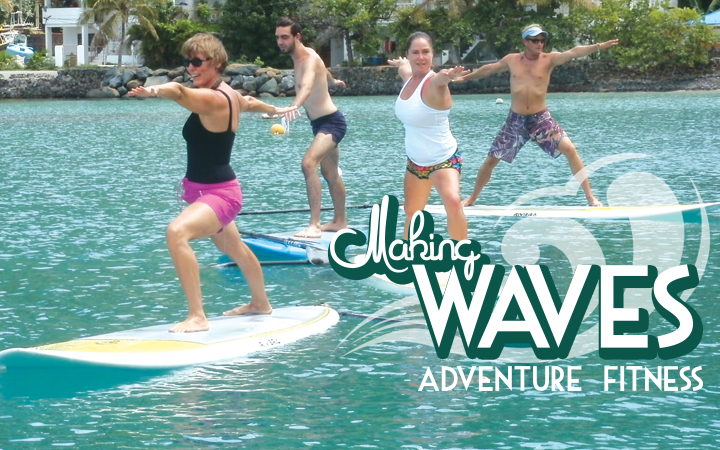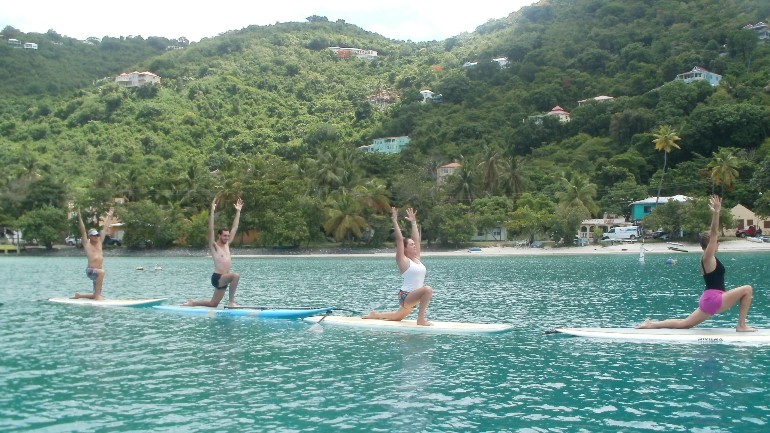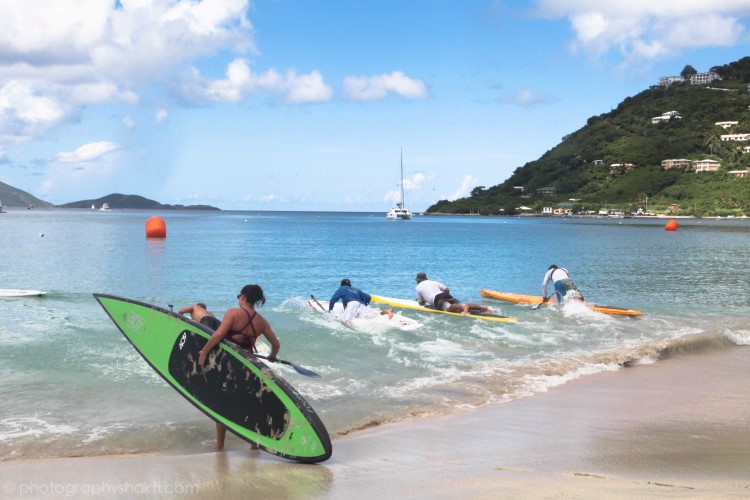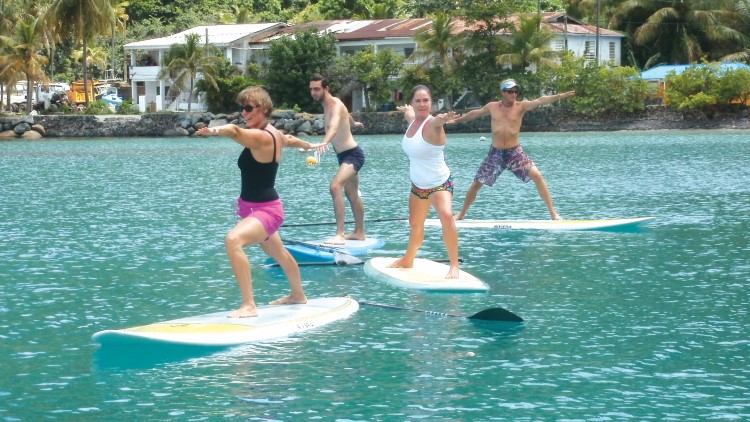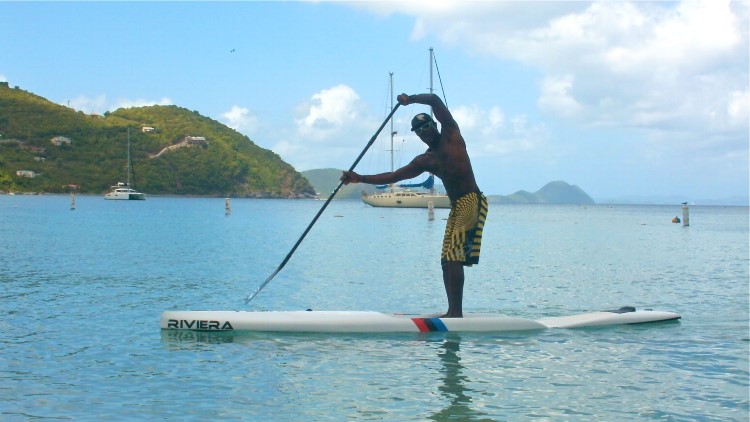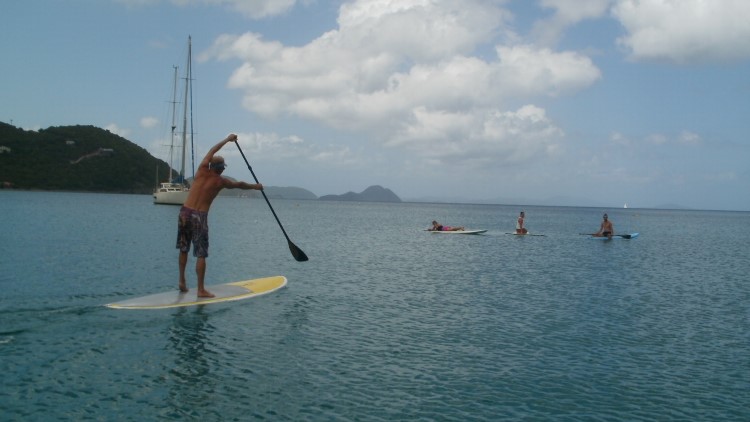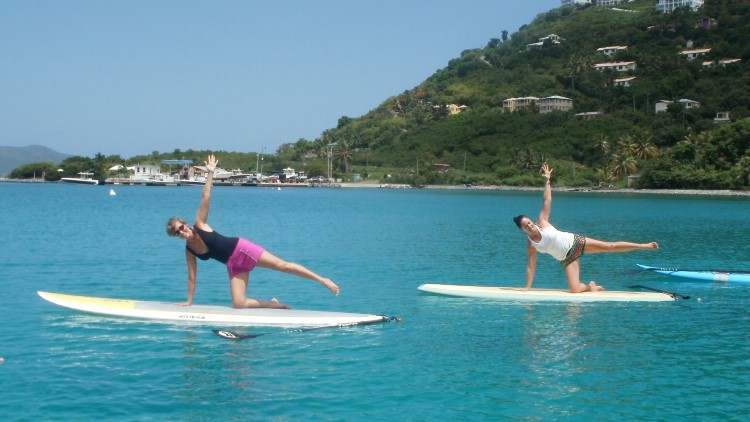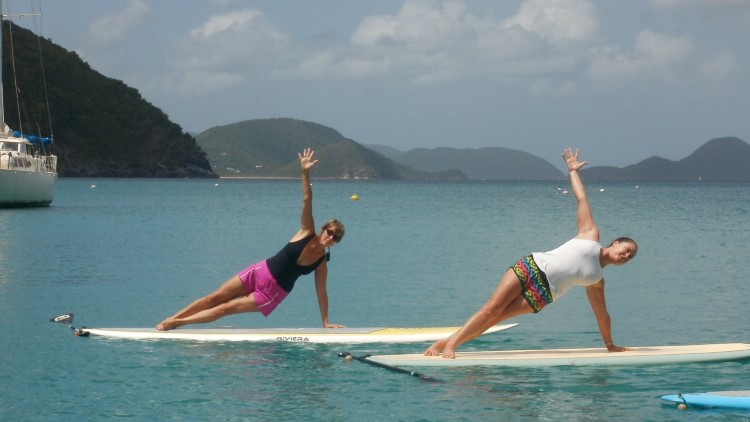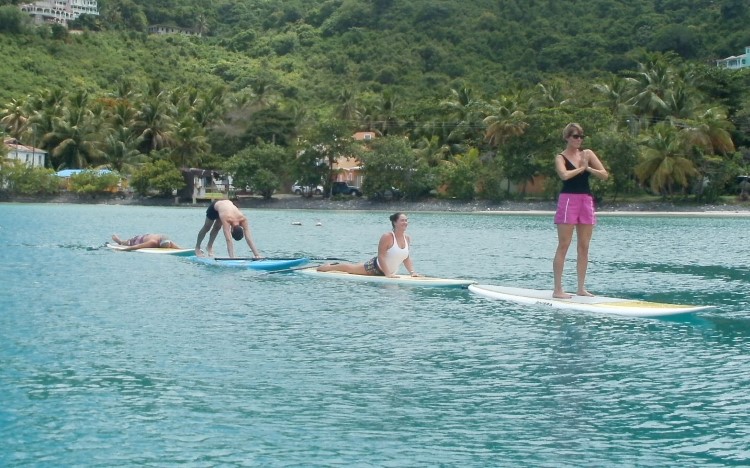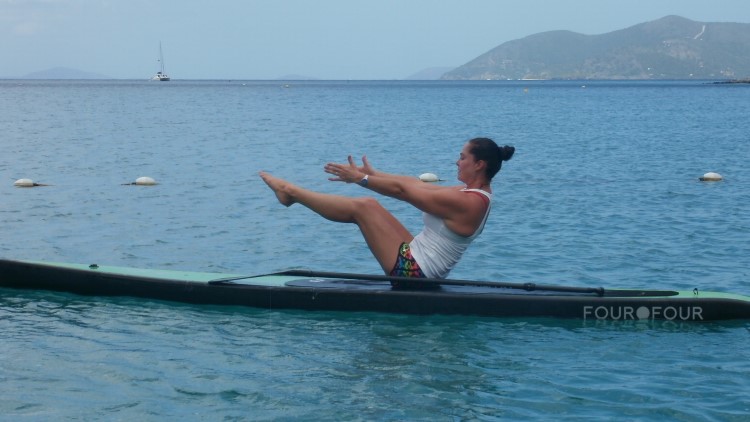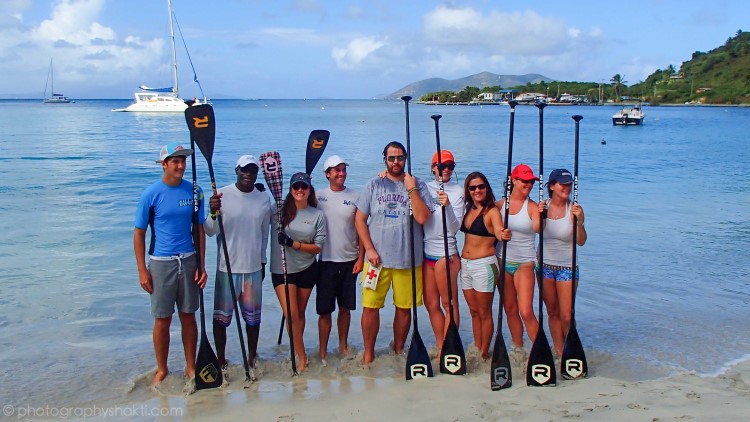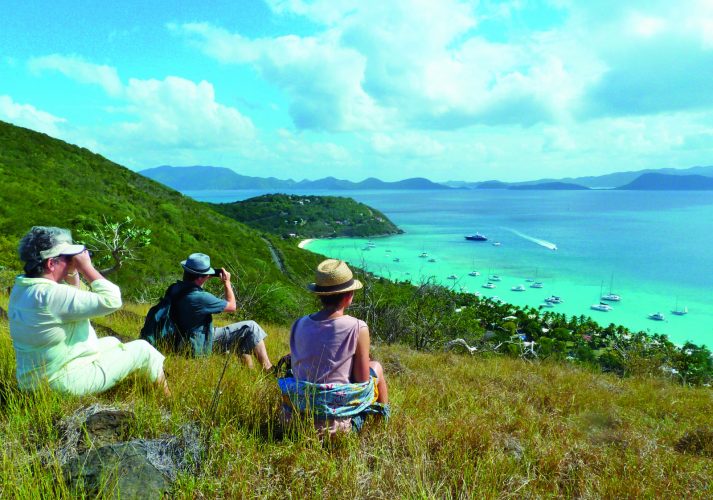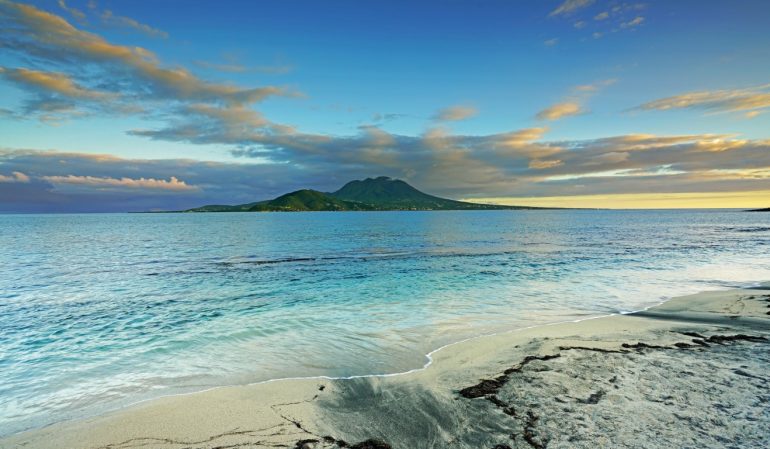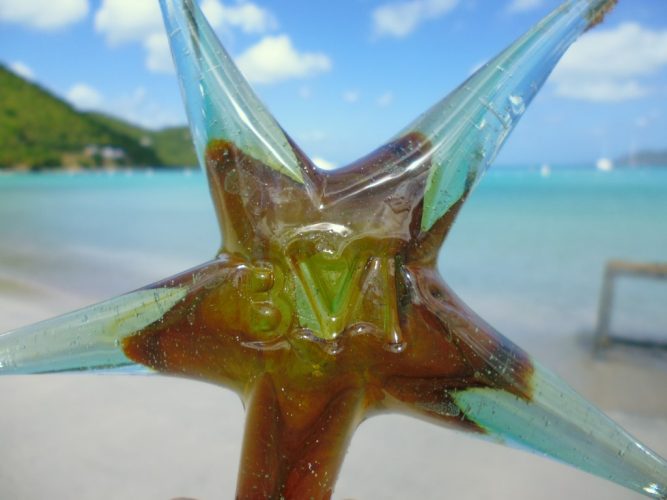Making Waves – Adventure Fitness
Photography by Stacie Leiphart and Shakti Segura
At dawn, the shorelines of the British Virgin Islands are peppered with sleepy boats rocking awake, birds angling for their morning catch, and the sun, peaking through the mountains as people wake to its fine glow.
Often weaving through this majestic spectacle is a pack of aquatic warriors, balancing on stand up paddle boards (SUP), training with fierce determination and power. They move quietly, listening to the instruction called to them by their leaders.
Balancing on their SUP boards, long paddles in hand, the group of fitness enthusiasts glide along the water with what seems like utmost ease.
[one_half]
[/one_half]
[one_half_last]
[/one_half_last]
In reality, these SUP warriors are utilising a plethora of muscle groups in their body to constantly adjust and stay balanced.
SUP boarding had its roots planted throughout world history. Ancient Peruvian, Chinese, and African merchants used rudimentary stand up boards to move goods from one location to the next in order to make their living.
In Europe, Venetian Gondoliers have long stood on boats, moving people through the narrow streets as a form of transportation; however, it is the native people of Hawaii that are the first attributed with using a form of SUP boards for fun, rather than daily life.
In the last decade, fitness trainers saw the opportunity to merge the benefits of strength training, cardio exercise, and yoga to arrive with a complete mental and physical workout in SUP. This special combination of balance, mindfulness, and all-over body strength has attracted the new generation of ‘health nut.’ These enthusiasts want adventure, fun, and immediate results so they are not afraid to work hard.
What is Stand-Up Paddle Boarding (SUP)?
Stand-up paddle boarding (SUP) is the ability to balance one’s body on an oblong board, over water, with the help of a long arm paddle. The paddle and the board are specifically chosen and/or adjusted for the boarder’s height and weight.
[one_half]
[/one_half]
[one_half_last]
[/one_half_last]
In a fitness class, a group of SUP boarders joins one or two instructors on the water, rowing laps, and completing specifically designed exercises while balancing on the board.
Fitness class are intended to focus on the core of the body.
“Think of doing an hour straight of sit ups!” Breeze PaddleSurf Fitness Instructor Abby Young jokes. These fitness classes can burn an average of 1200 calories an hour. Young and Breeze Paddle Surf owner, Lee Donovan, also instruct SUP Yoga classes. SUP Yoga combines balance of the body, on the board, with the skill of mindfulness. Mindfulness defined here is a person’s ability to focus on emotions and mental well-being. SUP yoga class includes 30 minutes of SUP paddling and an hour of yoga on the board.
How is SUP fitness different from traditional fitness classes?
Classes are outdoors – far from the seclusion of an air-conditioned, surround-sound group workout room, SUP boarders exercise in the fresh air and waves of the ocean. This aspect not only adds adventure, but also fun. No two workouts are ever the same, due to the wind, waves, passing clouds, fish, and boats.
[one_half]
[/one_half]
[one_half_last]
[/one_half_last]
[one_half]
[/one_half]
[one_half_last]
[/one_half_last]
One day, the sea could be calm and the SUP boarder merely focuses on balance and paddling. The next day, the wind could be strong, and the SUP boarder needs to know balance and paddling lower and harder against the waves. The optimal part about the outdoor aspect is that the instructors are with the participants at all times. For example, when a dinghy passes, the instructors advise how to change positions and move the paddle to maintain balance. This change in position also alters the muscles the SUP boarder is focusing on for that time period.
It works six muscle groups at the same time – Even though SUP board fitness focuses on the core body muscles, other muscle groups of the boarder’s body are used for balance and manoeuvres. The specific muscle groups are: Latissimus Dorsi – the back muscles, Deltoids – the shoulders, Triceps – the back of the upper arms, Biceps – the front of the upper arms, and Pectorals – the chest muscles.
The class is low impact, but high intensity – athletes with the challenge of joint problems will find less issue in SUP boarding as there is no repetitive impact upon the body. However, the body is in constant motion as are the joints. Therefore, the cardiovascular system is given a healthy workout.
Abby Young’s Tips for SUP Class
– Make sure your hydrated and have had a snack or meal beforehand. It’s a challenging class that burns a ton of calories and you lose a lot of water through sweating
– Make sure you’re wearing something that can get wet – sunglasses that you don’t mind losing, and a hat comes in handy to keep the sun off your face
– Sailing gloves can be a nice thing to wear so that your hands don’t slip and you minimise blisters from forming
[ts_fab]
